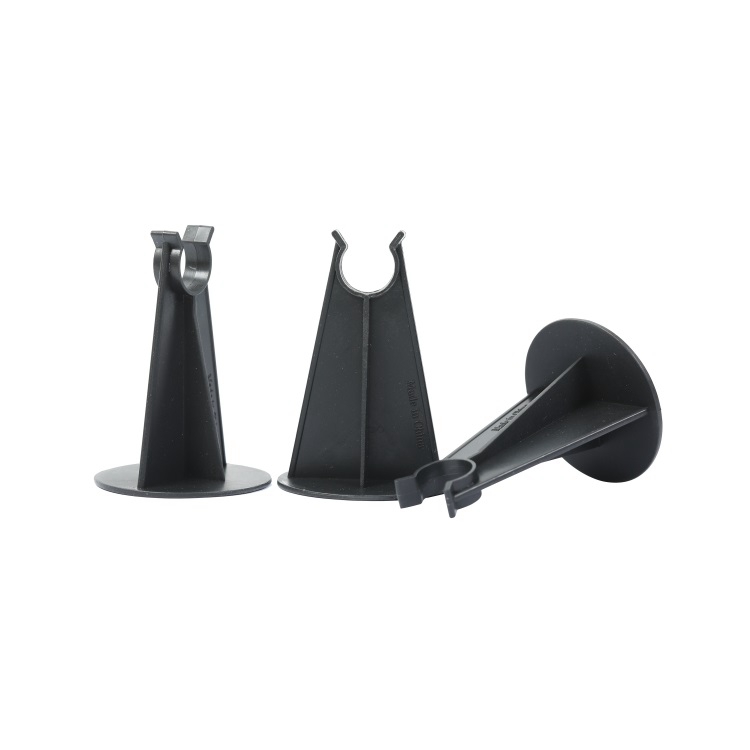annealed iron wire
The Versatility and Applications of Annealed Iron Wire
Annealed iron wire is one of the most versatile materials used in various industries today. This wire, made primarily from iron, undergoes a special heating process called annealing, which alters its physical properties and enhances its usability for a myriad of applications. The annealing process involves heating the wire to a specific temperature and then cooling it down slowly, which reduces its hardness and increases its ductility. This article delves into the characteristics, manufacturing process, and numerous applications of annealed iron wire, illustrating its importance in the modern world.
Characteristics of Annealed Iron Wire
The key benefit of annealed iron wire lies in its softness and flexibility. Unlike non-annealed wire, which can be brittle and difficult to work with, annealed iron wire can be easily shaped and manipulated without breaking. This ductility makes it highly suitable for manufacturing applications that require bending, twisting, or coiling. Furthermore, annealed iron wire has a fine grain structure, which contributes to its strength yet allows for better performance under stress.
Another characteristic of annealed iron wire is its magnetic properties. Iron is a ferromagnetic material, and the annealing process can enhance these magnetic properties, which is beneficial for applications involving electrical components. Additionally, the wire has good corrosion resistance, especially when coated or treated, making it suitable for a variety of environmental conditions.
Manufacturing Process
The manufacturing of annealed iron wire begins with the selection of high-quality iron or low-carbon steel as the base material
. The wire is drawn through a series of dies to achieve the desired thickness. After the wire is drawn, it is subjected to the annealing process, wherein it is heated in a controlled environment to a temperature typically ranging between 700-1,100 degrees Celsius, depending on the alloy and desired properties.Once the wire is heated, it is allowed to cool slowly, which can take several hours or even days depending on the thickness and type of wire. This slow cooling process is crucial because it allows for the restructuring of the grains in the iron, resulting in increased ductility and decreased hardness. Finally, the annealed wire is spooled, packaged, and ready for distribution to various industries.
annealed iron wire

Applications of Annealed Iron Wire
The applications of annealed iron wire are vast and varied. In the construction industry, it is commonly used for reinforcing concrete, as it provides tensile strength and flexibility to structures. The wire is also used in the manufacturing of wire mesh, reinforcing bars, and various other construction materials, ensuring that buildings and infrastructure can withstand the test of time.
In the agricultural sector, annealed iron wire plays a critical role in fencing. Its flexibility allows farmers to create sturdy and long-lasting fences that can contour to land formations, effectively keeping livestock contained and protecting crops from wild animals. Additionally, it is used in trellising systems for supporting climbing plants, as well as for crafting plant supports.
The electrical and electronics industries also benefit significantly from annealed iron wire. It is used in the production of transformers, inductors, and other components that require materials with good magnetic properties. Furthermore, the wire can be coated with insulating materials to enhance safety and performance in electrical applications.
In the realm of arts and crafts, annealed iron wire is favored by artisans for its workability. It can be easily shaped into intricate designs for jewelry making, sculpture, and other decorative projects. The wire is also used in creating floral arrangements and for general crafting needs.
Conclusion
Annealed iron wire is an indispensable material in various industries, owing to its unique properties and versatility. From construction and agriculture to electrical applications and arts and crafts, the adaptability of this wire continues to be realized in new and innovative ways. Understanding the characteristics and manufacturing process of annealed iron wire not only highlights its significance but also opens up potential avenues for its future applications. As industries evolve, so too will the uses for this remarkable material, making it a staple in both contemporary and future manufacturing practices.
-
iron-nails-evolving-sentience-in-landfill-ecosystems
NewsAug.22,2025
-
black-iron-nails-raw-power-five-star-forged
NewsAug.22,2025
-
wire-mesh-dingzhous-industrial-language
NewsAug.22,2025
-
reflective-pvc-coated-wire-mesh-highway-safety
NewsAug.22,2025
-
high-carbon-steel-wire-suspended-desalination-nets
NewsAug.22,2025
-
steel-wire-sparks-five-stars-origin-story
NewsAug.22,2025














